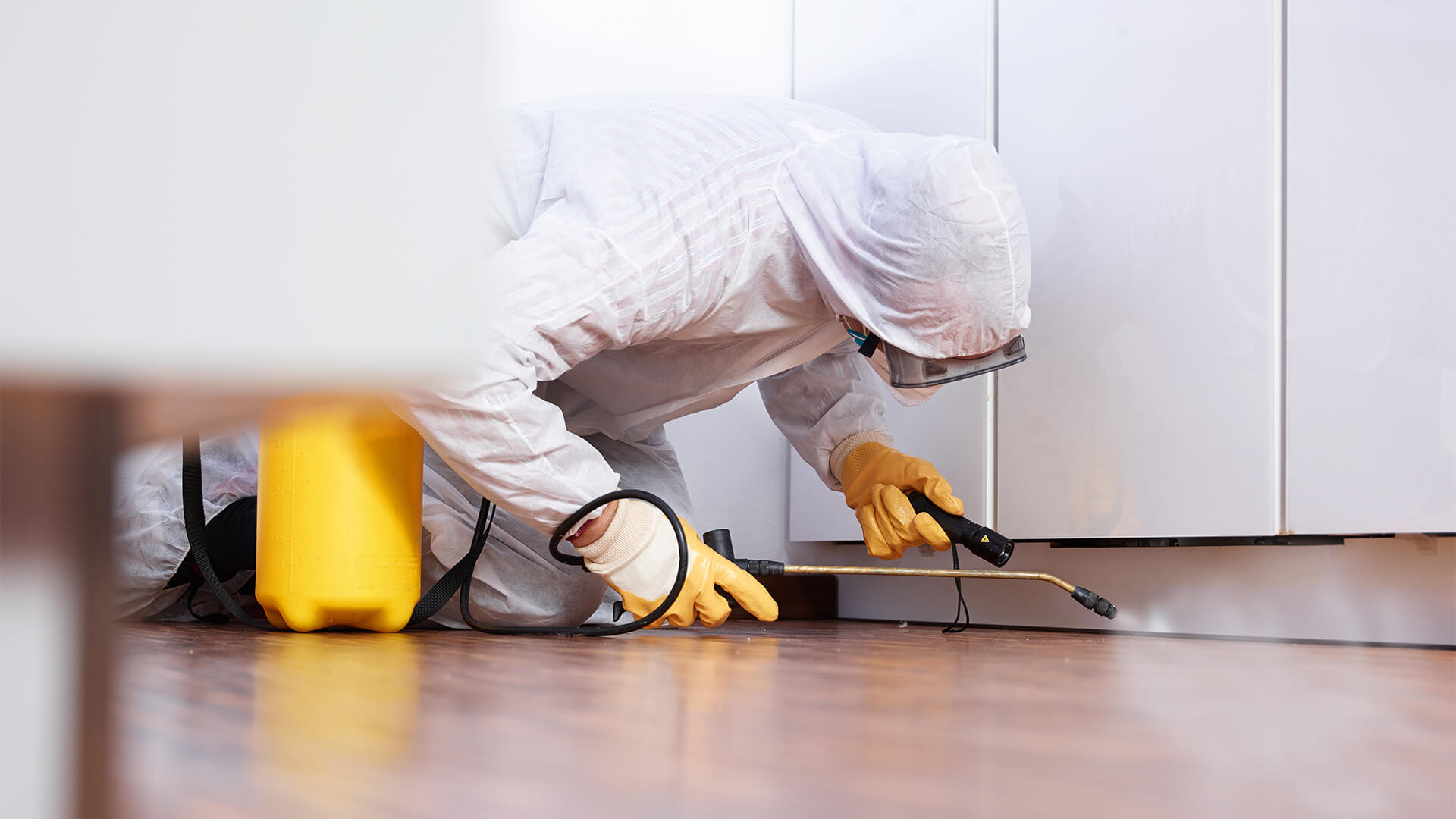Pest Control solutions to keep your space pest-free from unwanted pests.
Pest Control solutions to keep your space pest-free from unwanted pests.
Blog Article
Eco-Friendly Parasite Control Approaches for Managing Wildlife in Urban Locations
Urban areas typically discover themselves at the crossway of human task and wildlife, leading to unique difficulties in insect monitoring. These approaches not just safeguard the atmosphere but additionally enhance area involvement in wildlife administration. As urban populations continue to grow, understanding the dynamics of wild animals communications becomes increasingly essential.
Recognizing Urban Wild Animals Characteristics
Understanding Urban Wildlife Characteristics is vital for developing reliable and eco-friendly bug control approaches. Urban areas are progressively coming to be environments for numerous wildlife varieties, driven by elements such as habitat fragmentation, food schedule, and human encroachment. Recognizing these dynamics permits a nuanced technique to pest administration that aligns with environmental principles.
Urban wild animals usually consists of varieties such as raccoons, squirrels, and birds, which adapt to city settings, locating particular niches in eco-friendly spaces, parks, and even suburbs. Their visibility can result in problems with human beings, especially when they make use of personnels for food and shelter. Understanding the actions and eco-friendly duties of these species notifies techniques that reduce negative interactions while advertising biodiversity.
Moreover, acknowledging the interdependencies within metropolitan communities assists in recognizing important areas for environment preservation and reconstruction. This understanding adds to the development of integrated parasite management (IPM) strategies that take into consideration the ecological equilibrium, thus decreasing dependence on unsafe chemicals. By cultivating conjunction in between human beings and urban wildlife, cities can produce healthier environments that profit both locals and local ecosystems, paving the method for sustainable urban living.
Natural Repellents and Deterrents
All-natural repellents and deterrents offer a lasting option to standard bug control methods by taking advantage of the power of nature to maintain undesirable species at bay. These green services typically utilize plant-based active ingredients, essential oils, and other naturally happening compounds that discourage parasites without damaging the atmosphere.
One efficient all-natural repellent is peppermint oil, which is recognized to ward off rodents and bugs. Its solid fragrance is undesirable to many insects, making it a preferred option for metropolitan settings. Vinegar and citrus peels can offer as deterrents, as their strong smells are normally unappealing to numerous wildlife.
Furthermore, diatomaceous planet is an all-natural powder that can be spread out in locations prone to parasite activity, successfully dehydrating and preventing insects without positioning threats to non-target species. Garlic sprays and neem oil are acknowledged for their capability to drive away a vast range of insects, consisting of both bugs and larger wildlife.
Carrying out these all-natural repellents not only lowers dependence on chemical pesticides but likewise promotes a much healthier metropolitan ecological community, fostering a more well balanced conjunction between humans and wildlife. By making use of these approaches, urban areas can efficiently manage insect populations while lessening ecological impact.
Environment Modification Strategies
Efficient environment adjustment techniques play a crucial function in sustainable parasite management by changing the environment to make it less conducive to pest invasions. By comprehending the environmental characteristics of city locations, homeowner can apply strategic modifications that prevent parasites while advertising biodiversity.
(Pest Control PortCharlotte)One main strategy entails keeping proper hygiene. This includes regular waste removal, safeguarding trash containers, and removing standing water to reduce breeding sites for insects and rats. In addition, landscaping methods such as selecting native plants can improve environmental equilibrium, providing habitats for advantageous microorganisms while minimizing sources for bugs.
One more crucial method is to seal entrance factors in structures. Examining and fixing splits in structures, walls, and windows can dramatically decrease insect accessibility. Moreover, creating physical barriers, such as fences or plant barriers, can prevent wildlife motion into human-inhabited locations.
Integrated Parasite Management Practices
Building upon habitat alteration methods, integrated bug management (IPM) methods supply an all natural strategy to controlling other pest populations while decreasing ecological impact. IPM incorporates numerous methods, including organic, cultural, mechanical, and chemical controls, to attain efficient pest administration.
Biological control involves the introduction of all-natural killers or bloodsuckers to minimize bug populaces. Cultural methods, such as crop turning and hygiene, disrupt pest life process and reduce their habitats - Pest control service. Mechanical controls, like catches and barriers, give prompt relief from parasite stress without chemical intervention
Chemical controls are utilized as a last hotel, concentrating on targeted applications that limit harm to non-target species and the setting. The selection of eco-friendly pesticides, when needed, is important to the IPM framework. Furthermore, monitoring insect populations and evaluating potential damages helps educate decision-making, making certain that interventions are timely and effective.
Neighborhood Involvement and Education

(Carpenter ant control Port Charlotte)Workshops and educational sessions can equip locals with understanding about native varieties, habitat conservation, and effective safe bug monitoring techniques. Collaboration with colleges, local companies, and government agencies better enhances academic outreach, making sure that vital information reaches diverse audiences.
Additionally, community-led efforts, such as community clean-up days and environment remediation jobs, not just promote biodiversity yet also enhance area ties. Pest Control. By encouraging locals to share their experiences and monitorings, areas can create targeted techniques that resolve certain regional pest issues
Incorporating comments from homeowners into bug management intends allows a more responsive and flexible technique to wild animals difficulties. Eventually, notified and involved communities are crucial to accomplishing long-lasting success in green parasite control, leading to much healthier urban environments that value both human and eco-friendly demands.

Conclusion
To conclude, environmentally friendly pest control comes close to offer sustainable solutions for taking care of metropolitan wildlife. By prioritizing habitat modification, making use of natural repellents, and applying incorporated bug monitoring methods, communities can cultivate an unified conjunction with neighborhood fauna. Additionally, involving citizens through education improves recognition and motivates liable wild animals communications. Ultimately, these methods not only safeguard biodiversity but also promote ecological health and wellness, guaranteeing urban locations continue to be vibrant ecological communities where humans and wildlife flourish together.
Report this page